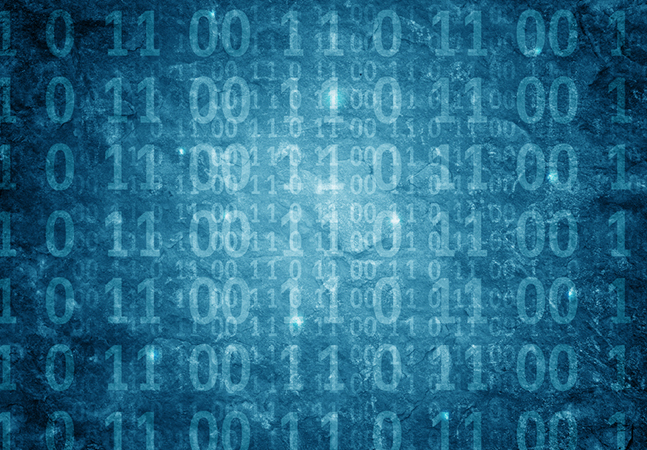
Dr. James McCaffrey of Microsoft Research continues his examination of creating a PyTorch neural network binary classifier through six steps, here addressing step No. 4: training the network.
- By James McCaffrey
- 11/04/2020
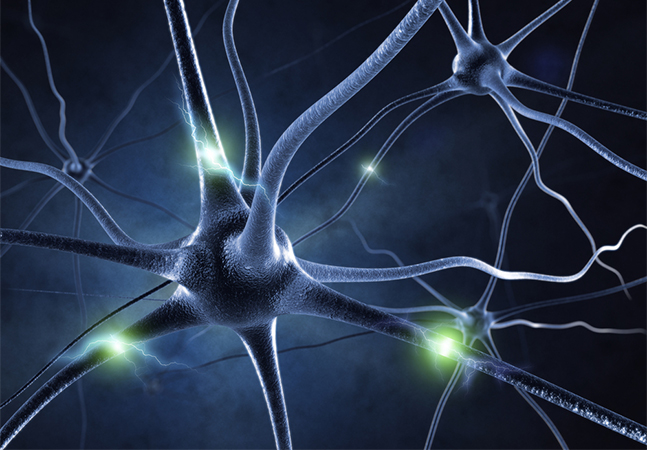
Dr. James McCaffrey of Microsoft Research tackles how to define a network in the second of a series of four articles that present a complete end-to-end production-quality example of binary classification using a PyTorch neural network, including a full Python code sample and data files.
- By James McCaffrey
- 10/14/2020

Dr. James McCaffrey of Microsoft Research kicks off a series of four articles that present a complete end-to-end production-quality example of binary classification using a PyTorch neural network, including a full Python code sample and data files.
- By James McCaffrey
- 10/05/2020
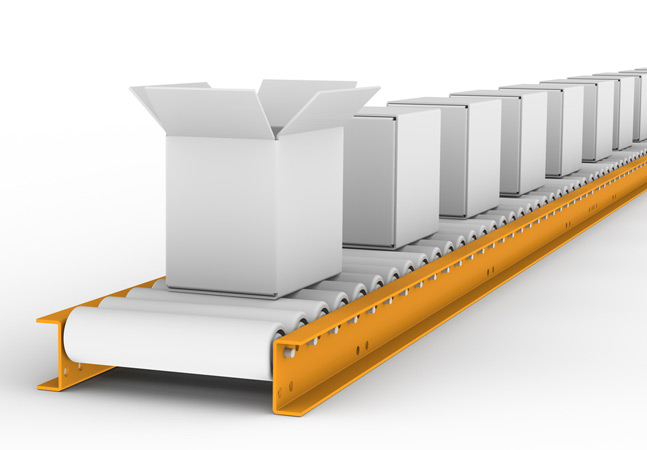
Dr. James McCaffrey of Microsoft Research provides a full code sample and screenshots to explain how to create and use PyTorch Dataset and DataLoader objects, used to serve up training or test data in order to train a PyTorch neural network.
- By James McCaffrey
- 09/10/2020

Dr. James McCaffrey of Microsoft Research explains how to programmatically split a file of data into a training file and a test file, for use in a machine learning neural network for scenarios like predicting voting behavior from a file containing data about people such as sex, age, income and so on.
- By James McCaffrey
- 09/01/2020

Dr. James McCaffrey of Microsoft Research uses a full code program and screenshots to explain how to programmatically encode categorical data for use with a machine learning prediction model such as a neural network classification or regression system.
- By James McCaffrey
- 08/12/2020

Dr. James McCaffrey of Microsoft Research uses a full code sample and screenshots to show how to programmatically normalize numeric data for use in a machine learning system such as a deep neural network classifier or clustering algorithm.
- By James McCaffrey
- 08/04/2020
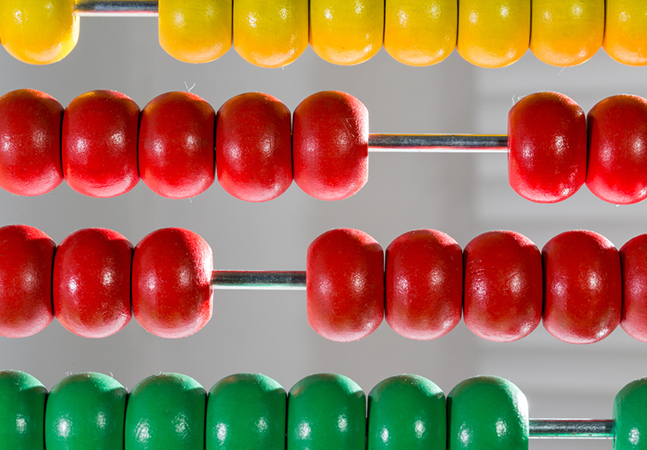
After previously detailing how to examine data files and how to identify and deal with missing data, Dr. James McCaffrey of Microsoft Research now uses a full code sample and step-by-step directions to deal with outlier data
- By James McCaffrey
- 07/14/2020
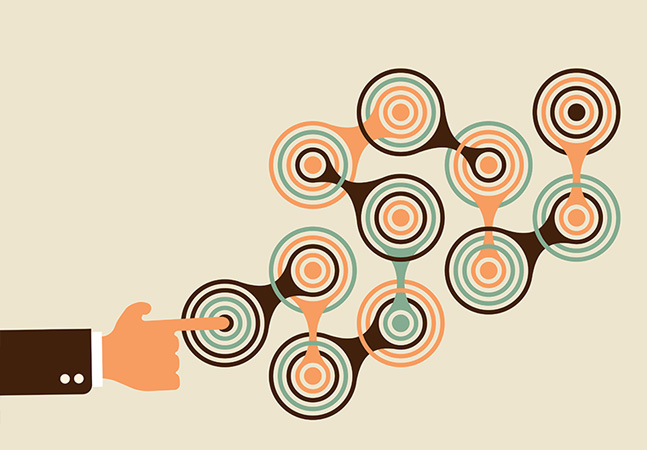
Turning his attention to the extremely time-consuming task of machine learning data preparation, Dr. James McCaffrey of Microsoft Research explains how to examine data files and how to identify and deal with missing data.
- By James McCaffrey
- 07/06/2020
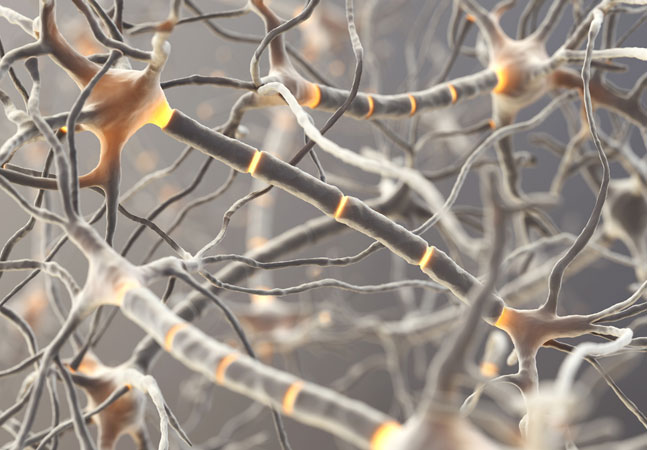
Dr. James McCaffrey of Microsoft Research presents the fundamental concepts of tensors necessary to establish a solid foundation for learning how to create PyTorch neural networks, based on his teaching many PyTorch training classes at work.
- By James McCaffrey
- 06/15/2020
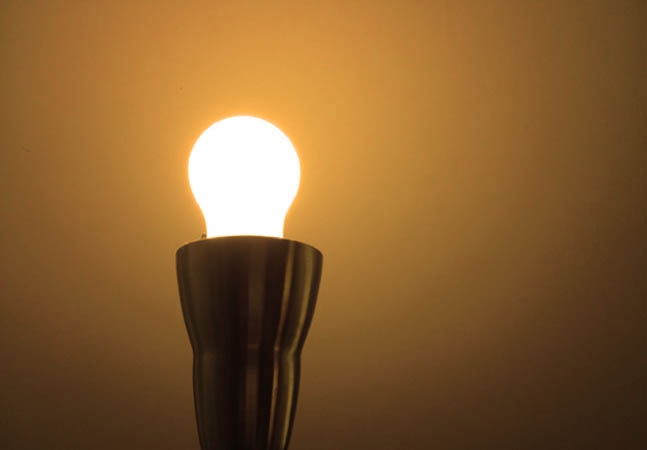
Dr. James McCaffrey of Microsoft Research uses a complete demo program, samples and screenshots to explains how to install the Python language and the PyTorch library on Windows, and how to create and run a minimal, but complete, neural network classifier.
- By James McCaffrey
- 06/08/2020

Clustering non-numeric -- or categorial -- data is surprisingly difficult, but it's explained here by resident data scientist Dr. James McCaffrey of Microsoft Research, who provides all the code you need for a complete system using an algorithm based on a metric called category utility (CU), a measure how much information you gain by clustering.
- By James McCaffrey
- 06/03/2020

Dr. James McCaffrey of Microsoft Research explains the k-means++ technique for data clustering, the process of grouping data items so that similar items are in the same cluster, for human examination to see if any interesting patterns have emerged or for software systems such as anomaly detection.
- By James McCaffrey
- 05/06/2020
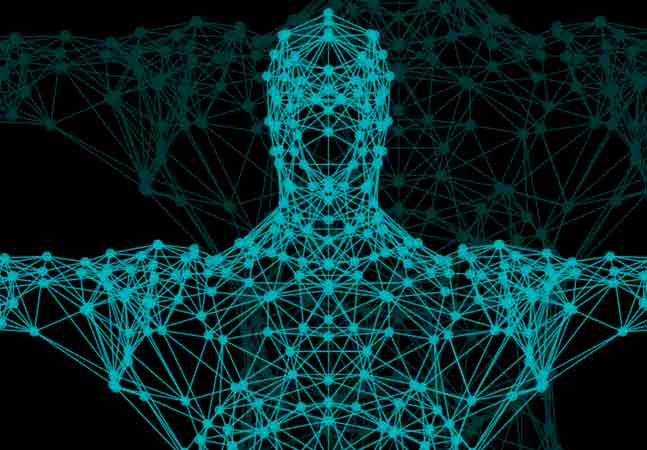
Dr. James McCaffrey of Microsoft Research uses code samples, a full C# program and screenshots to detail the ins and outs of kernal logistic regression, a machine learning technique that extends regular logistic regression -- used for binary classification -- to deal with data that is not linearly separable.
- By James McCaffrey
- 04/29/2020

VSM Senior Technical Editor Dr. James McCaffrey, of Microsoft Research, explains why inverting a matrix -- one of the more common tasks in data science and machine learning -- is difficult and presents code that you can use as-is, or as a starting point for custom matrix inversion scenarios.
- By James McCaffrey
- 04/07/2020
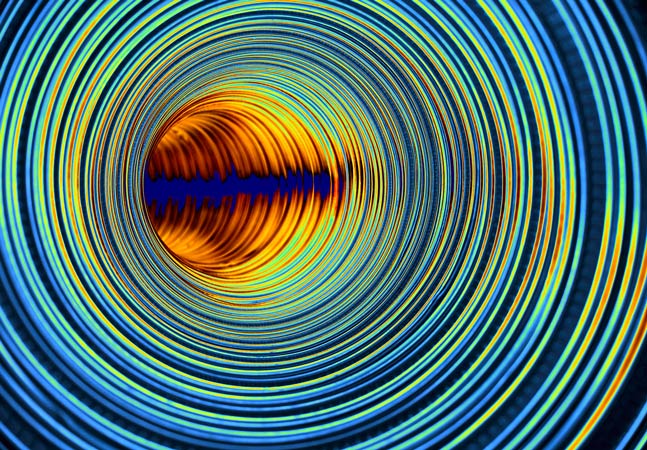
A radial basis function network (RBF network) is a software system that's similar to a single hidden layer neural network, explains Dr. James McCaffrey of Microsoft Research, who uses a full C# code sample and screenshots to show how to train an RBF network classifier.
- By James McCaffrey
- 03/24/2020

Dr. James McCaffrey of Microsoft Research explains how to design a radial basis function (RBF) network -- a software system similar to a single hidden layer neural network -- and describes how an RBF network computes its output.
- By James McCaffrey
- 03/13/2020

Resident data scientist Dr. James McCaffrey of Microsoft Research turns his attention to evolutionary optimization, using a full code download, screenshots and graphics to explain this machine learning technique used to train many types of models by modeling the biological processes of natural selection, evolution, and mutation.
- By James McCaffrey
- 02/21/2020

Dr. James McCaffrey of Microsoft Research uses a full code program, examples and graphics to explain multi-class logistic regression, an extension technique that allows you to predict a class that can be one of three or more possible values, such as predicting the political leaning of a person (conservative, moderate, liberal) based on age, sex, annual income and so on.
- By James McCaffrey
- 02/11/2020

After earlier explaining how to compute disorder and split data in his exploration of machine learning decision tree classifiers, resident data scientist Dr. James McCaffrey of Microsoft Research now shows how to use the splitting and disorder code to create a working decision tree classifier.
- By James McCaffrey
- 01/22/2020

Using a decision tree classifier from a machine learning library is often awkward because it usually must be customized and library decision trees have many complex supporting functions, says resident data scientist Dr. James McCaffrey, so when he needs a decision tree classifier, he always creates one from scratch. Here's how.
- By James McCaffrey
- 01/21/2020

Dr. James McCaffrey of Microsoft Research uses code samples and screen shots to explain perceptron classification, a machine learning technique that can be used for predicting if a person is male or female based on numeric predictors such as age, height, weight, and so on. It's mostly useful to provide a baseline result for comparison with more powerful ML techniques such as logistic regression and k-nearest neighbors.
- By James McCaffrey
- 01/07/2020

Dr. James McCaffrey of Microsoft Research uses a full code sample and screenshots to demonstrate how to create a naive Bayes classification system when the predictor values are numeric, using the C# language without any special code libraries.
- By James McCaffrey
- 11/12/2019
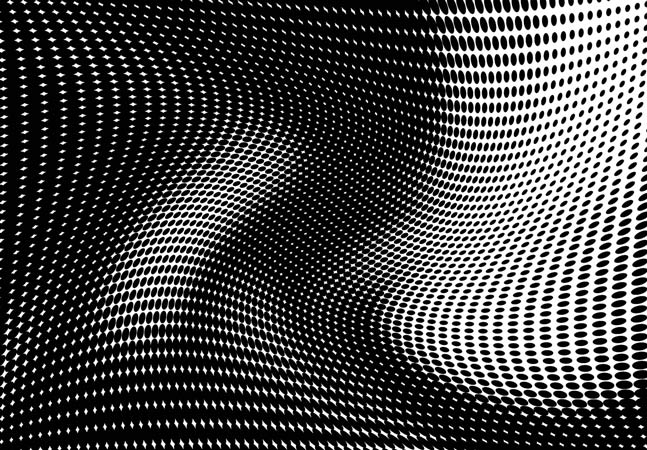
Here's a hands-on tutorial from bona-fide data scientist Dr. James McCaffrey of Microsoft Research to get you up to speed with machine learning development using C#, complete with code listings and graphics.
- By James McCaffrey
- 11/07/2019

Microsoft Research's Dr. James McCaffrey show how to perform binary classification with logistic regression using the Microsoft ML.NET code library. The goal of binary classification is to predict a value that can be one of just two discrete possibilities, for example, predicting if a person is male or female
- By James McCaffrey
- 10/18/2019